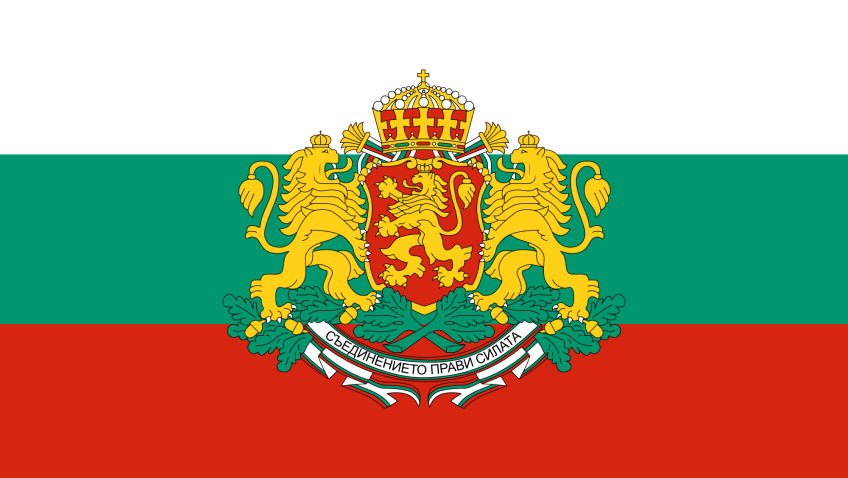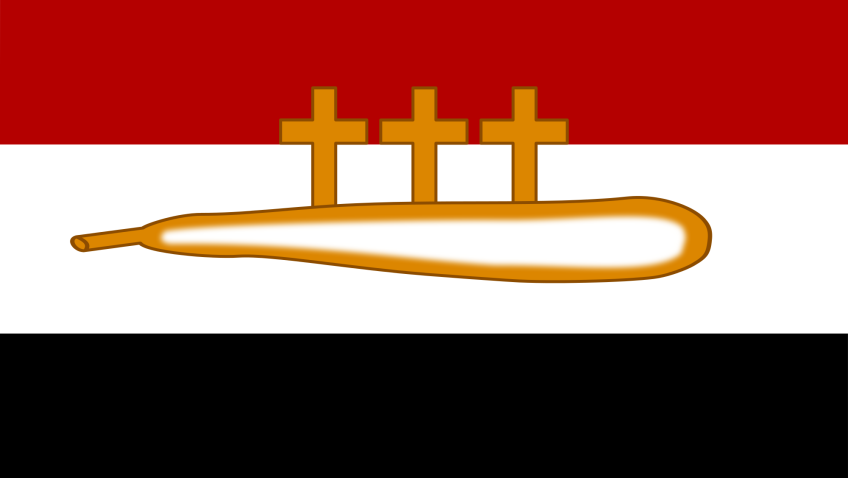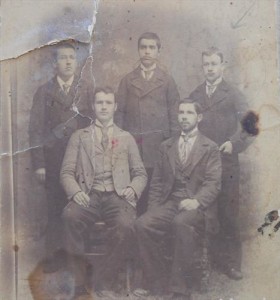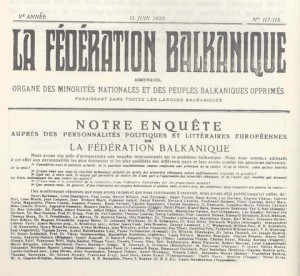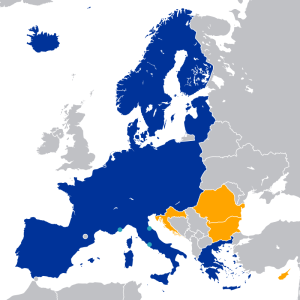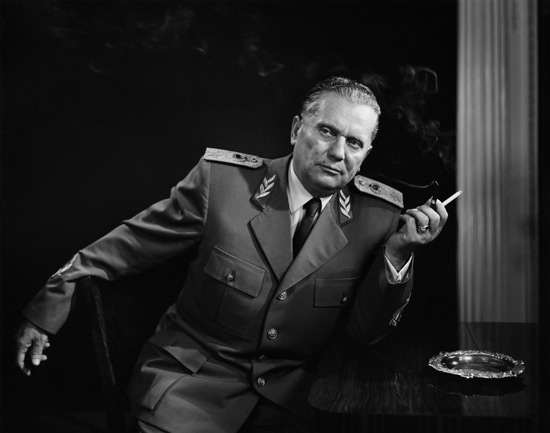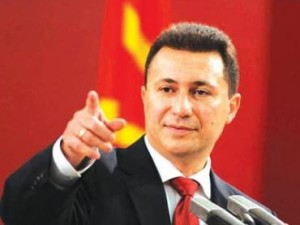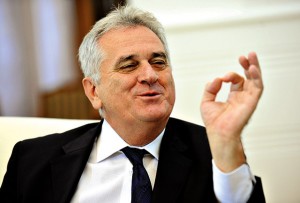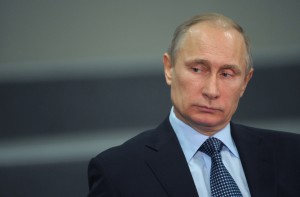This is the second part in a series of articles which will focus on the claims of different nations in the Balkans to greater states. The previous part focused on Albania.
The origins of Greater Bulgaria start at България на три морета, or Bulgaria on the three seas. This is a reference to Bulgaria during the First Bulgarian Empire, which lasted from 681 to 1018, when it encompassed most of the Balkans and modern day Romania, reaching all the way to modern-day Ukraine. Today, it would be near impossible to find a Bulgarian interested in claiming that entire stretch of land as Bulgarian, but the memory of Bulgaria at its peak is a powerful nationalist symbol that deserves mention when discussing more contemporary ideas of Greater Bulgaria.
The modern idea of a Greater Bulgaria started in 1878 when Bulgaria was de facto free of Ottoman rule, though legal independence did not come until the 1908 declaration of independence. Russia and Turkey signed the Treaty of San Stefano, in which Bulgaria was given Macedonia and much of what is today northern Greece, along with some additional territory from each of its neighbors, including a strip of land in North Eastern Dobruja.
This was not accepted by other powers interested in influencing the Balkans in their favor who saw the treaty of San Stefano as making Bulgaria, and through that Russian influence, too powerful in the region. Within the same year, the Treaty of Berlin redrew the San Stefano borders, dividing what was supposed to be Bulgaria into three different territories; an Independent Bulgaria, Eastern Rumelia, and Macedonia. Eastern Rumelia was left as an autonomous province within the Ottoman Empire whose power within the region was quickly diminishing. However, Eastern Rumelia was mostly populated by Bulgarians who were not interested in autonomy but in Bulgarian unity, and within seven years Bulgaria bloodlessly annexed Eastern Rumelia on September 6th, 1885.

The territory of Macedonia, on the other hand, remained under Ottoman rule and has been separated from Bulgaria since. Claims of a Greater Bulgaria today largely rest of the reunification of Bulgaria with Macedonia, as Bulgarians see Macedonians as ethnically the same and Macedonian as a dialect of Bulgarian which has developed from years of separation and outside cultural influence. Bulgarians feel that the unique Macedonian identity has been used as a tool, particularly during the Yugoslavian era, to keep Macedonians from supporting Bulgarian unification. For this reason, Bulgarians reject the notion of a distinct Macedonian ethnicity. Instead, Bulgarians see Macedonia as a region and not a distinct identity, one that is inhabited by Bulgarians who have created their own identity after separation and are currently trying to revise history to fit their new identity. One such example is Tsar Samuel, who was the King of Bulgaria from 997 to 1014. Since he ruled from Ohrid, Macedonia claims that he ruled an ethnic Macedonian empire. This is seen by Bulgaria as an attempt by Macedonia to project its modern identity into very different historical contexts and is one of the many barriers to healthy modern Bulgaria-Macedonia relations.
In 1912, the first Balkan War started. For nearly a year, the Balkan League worked together to fight the last remains of the Ottoman Empire in the region. The victorious Balkan states divided up the former Ottoman territories and Bulgaria was given much of South Eastern Thrace, or the territory on its southern border that reaches down to the Aegean Sea. However, many in Bulgaria did not see this as enough as it had suffered the most from the Balkan side. Bulgaria was specifically interested in reunification with Macedonia and other regions which were controlled by Greece at the time.
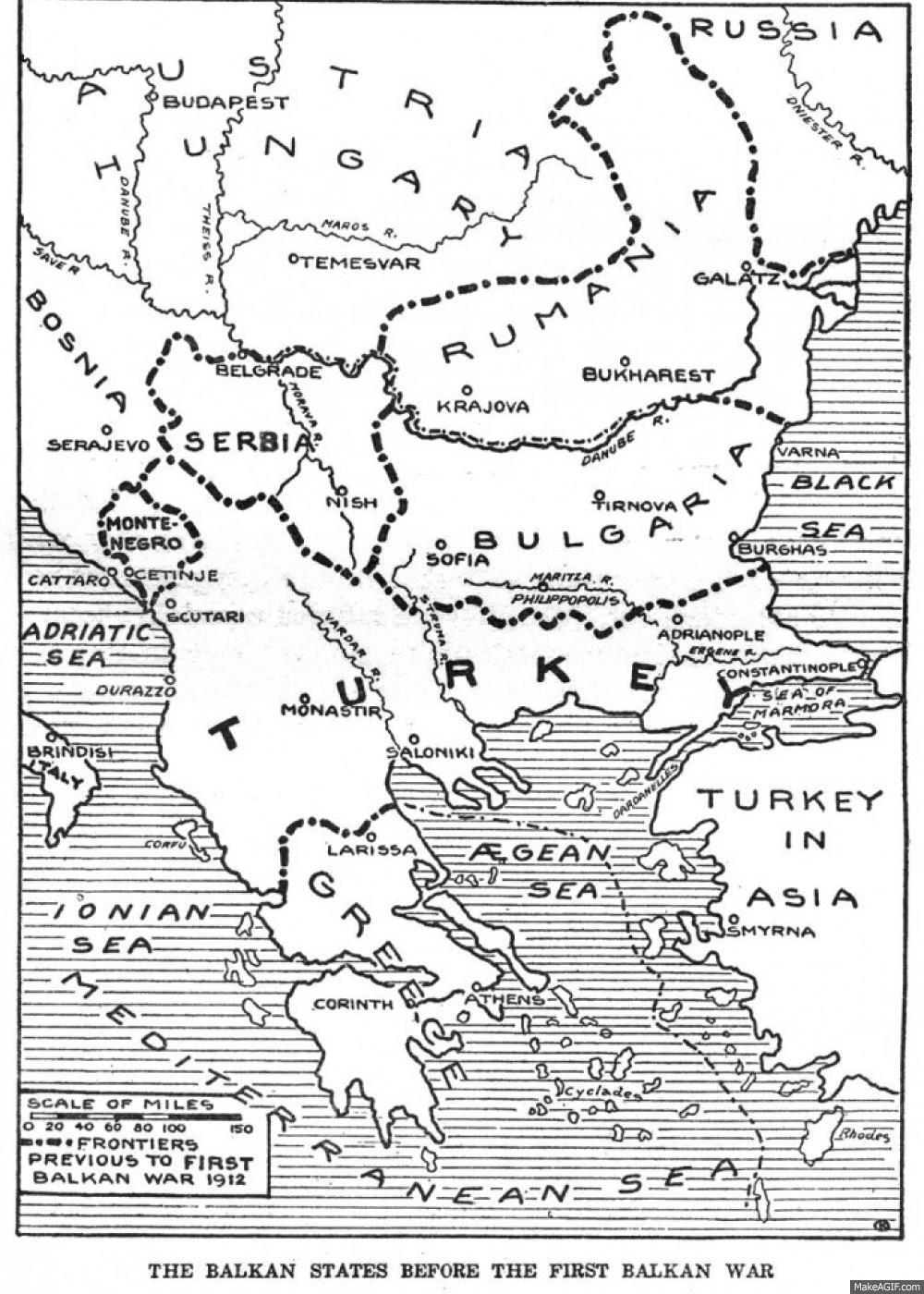
This provoked the Second Balkan War in which Bulgaria lost territory on all sides, including territory in the South to Greece, East to Serbia, West to the Ottomans, and Southern Dobruja to Romania. It did keep its holdings in South Eastern Thrace as an outlet to the Aegean Sea and in Blagoevgrad/Pirin-Macedonia, but this was only a portion of what it desired. This led to Bulgaria entering WWI on the side of the Central Powers, as it still wanted to unify with Macedonia the way that it would have under the Treaty of San Stefano. Instead, it lost its outlet to the Aegean Sea, which is probably the most important part of Greater Bulgaria after the Macedonian region. During the interwar period, Bulgaria had various movements in support of integration into Yugoslavia as the only South Slav nation not yet in Yugoslavia, but they all failed because of Bulgarian interest in reviving Bulgarian glory and taking back lost lands and glory. Integration sentiment went as high as Aleksandar Stamboliyski, the Bulgarian Prime Minister from 1919 to 1923 who considered himself a Yugoslav, and included the failed project of the Balkan Federation.
For this reason, Bulgaria again sided with Germany in WWII in an attempt to conquer lands it felt it deserved. This led to the return of Southern Dobruja from Romania in the Treaty of Craiova and the temporary Bulgarian occupation of its former Aegean holdings and the Macedonia region. Bulgaria kept Southern Dobruja but returned the Aegean Sea strip and Macedonia after the war.
Today, Bulgaria’s borders remain as they were at the end of the Second World War. Nationalism is no longer the main driving force behind Bulgaria’s foreign policy, and so Bulgarian attempts to form Greater Bulgaria are unlikely. Most Bulgarians still hold some feelings of kinship to the Macedonian region, but few aside from the radical right wish to reclaim the territory. Even if reunification were to occur, bringing Macedonia into the rest of Bulgaria would bring the Bulgarian economy to a halt. Also, most realize that much time has passed and that even if they feel that the Macedonian identity is based on a false interpretation of history, it is still an identity. For this reason, Bulgaria has chosen to build up relations with Macedonia, including being the first nation to recognize its independence in 1991 and trying to help Macedonia in its EU integration, a softer form of integration that Bulgarians feel will only bring them closer to their kin. This process has not been as smooth as it could be, as there are many unresolved issues between the two nations such as Bulgaria not recognizing Macedonian as a separate language but only as a dialect of Bulgarian. Bulgarian claims to other parts of Greater Bulgaria are losing power as nationalist symbols. The Bulgarian population in both parts of Southern Thrace, Turkish and Greek, and in Northern Dobrujia left the regions and returned to Bulgaria during the region’s conflicts and various population exchanges between the countries. Revisionist claims based off historical territory can still be heard from ultra-nationalists, but few take them seriously.

